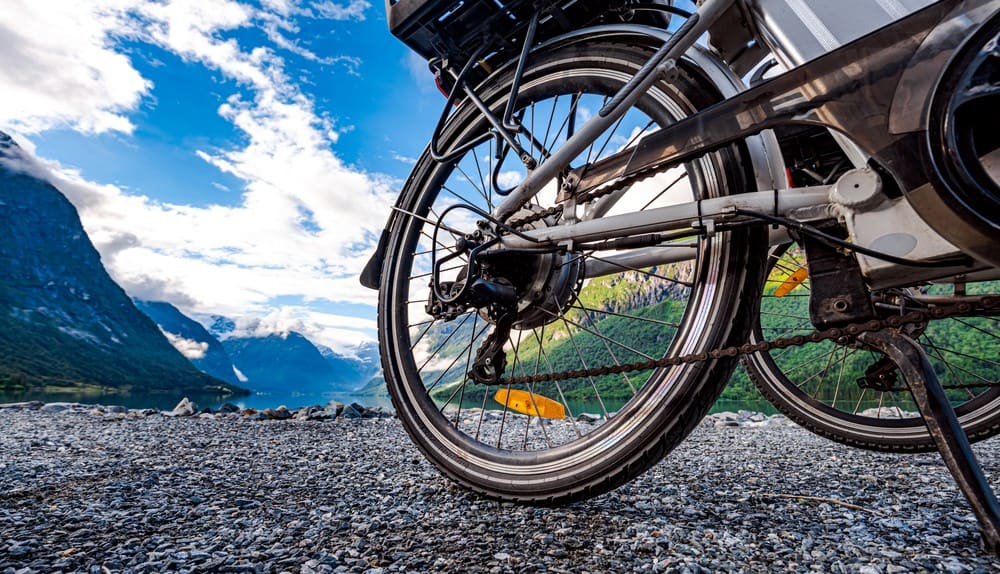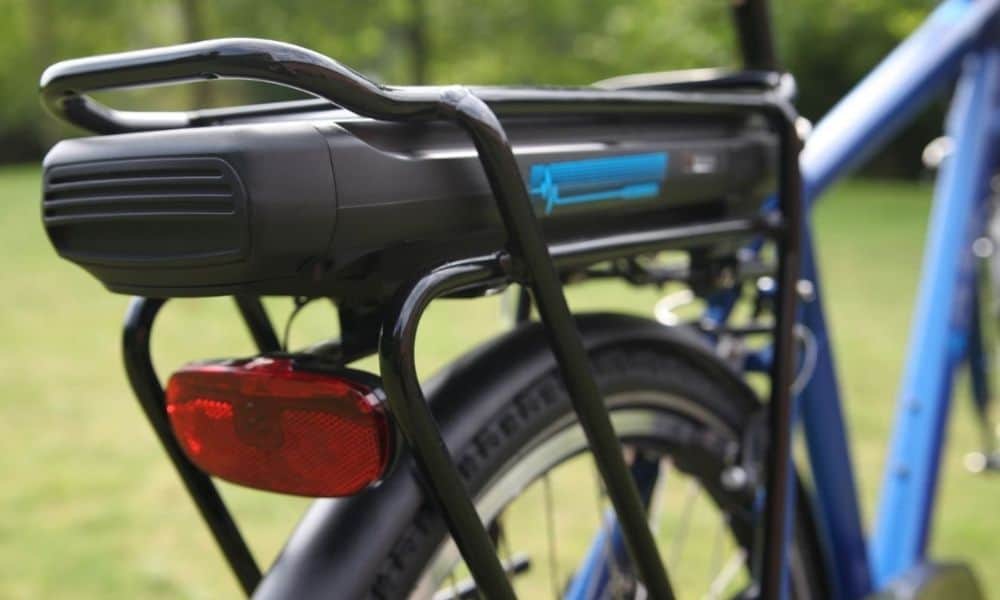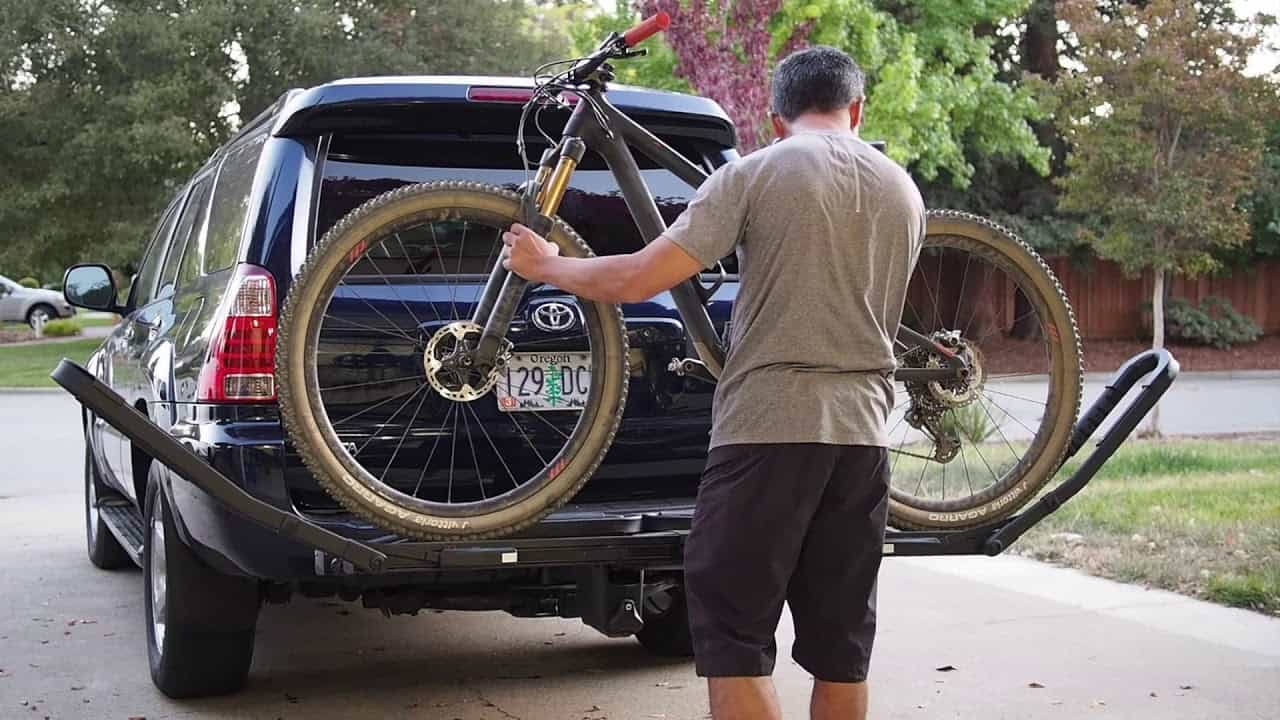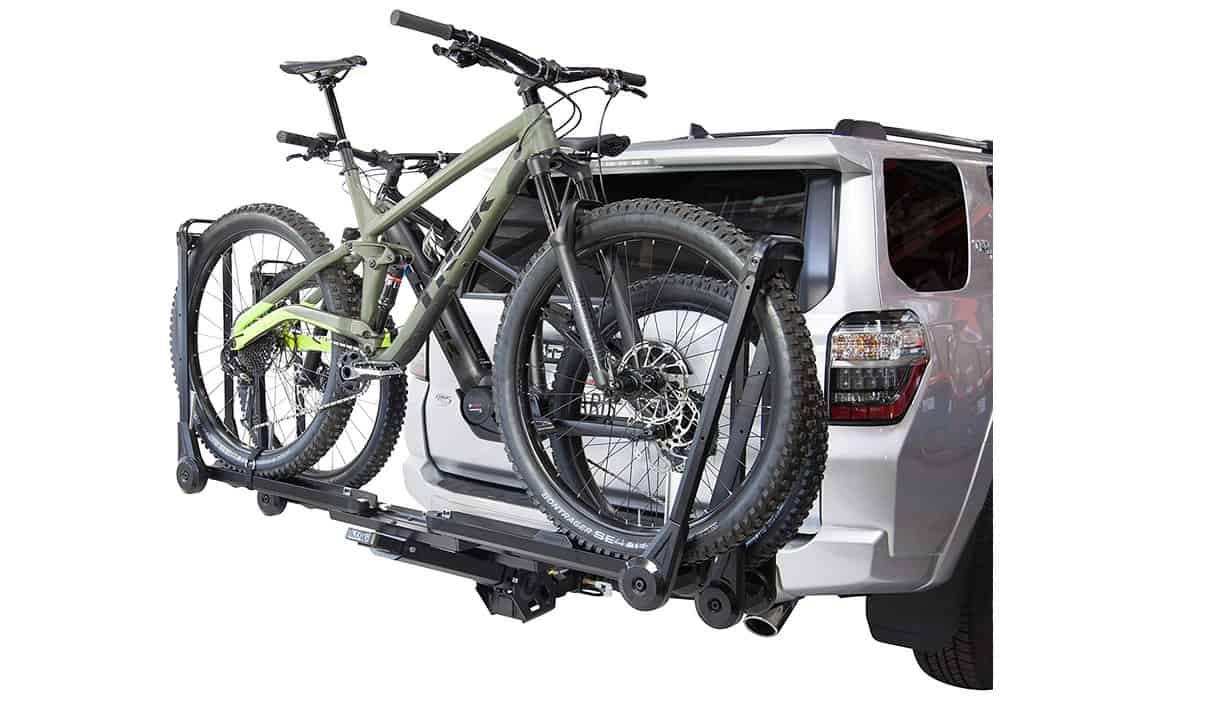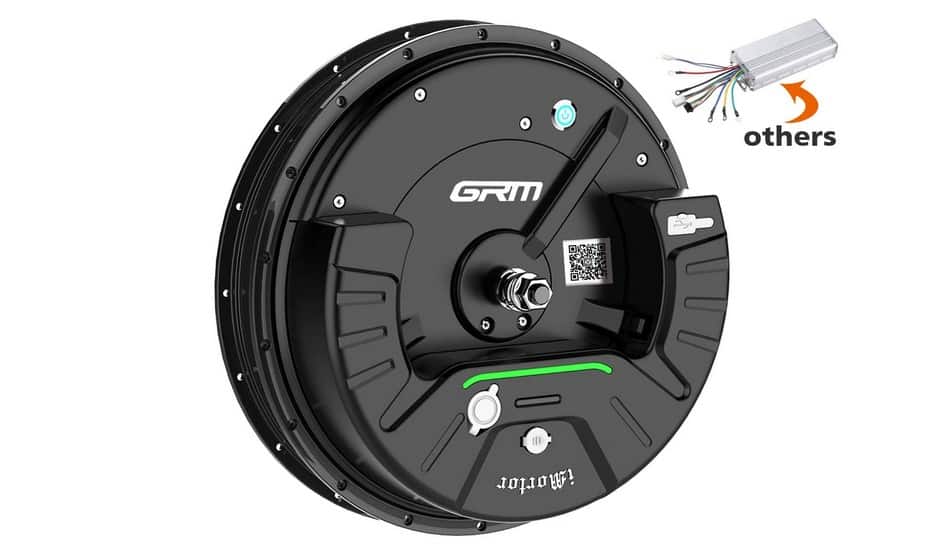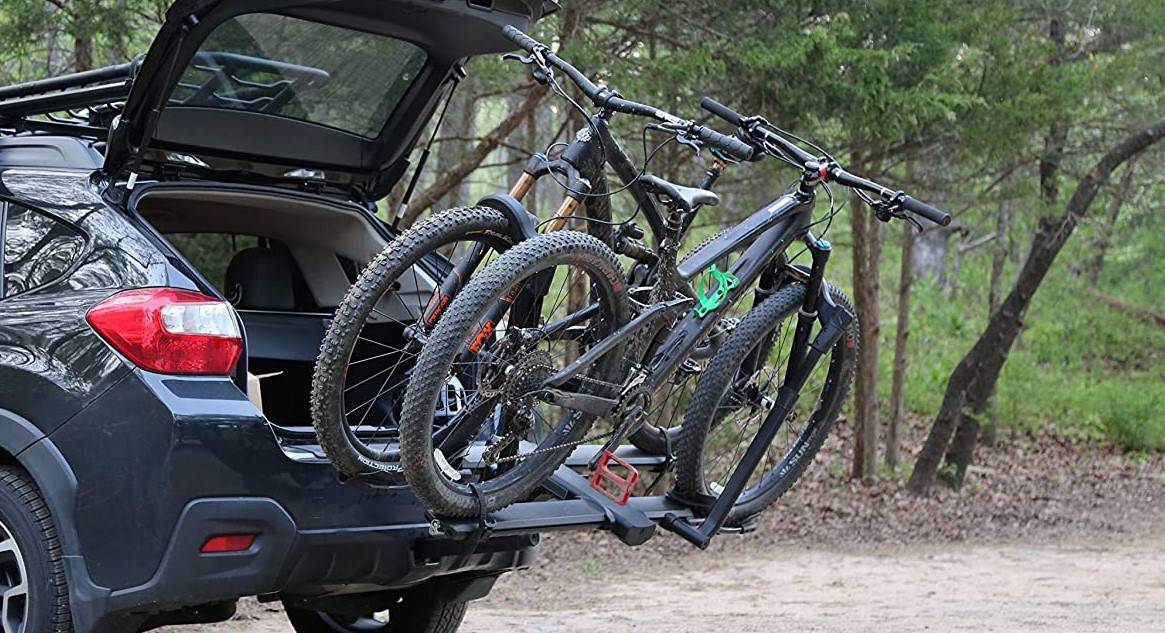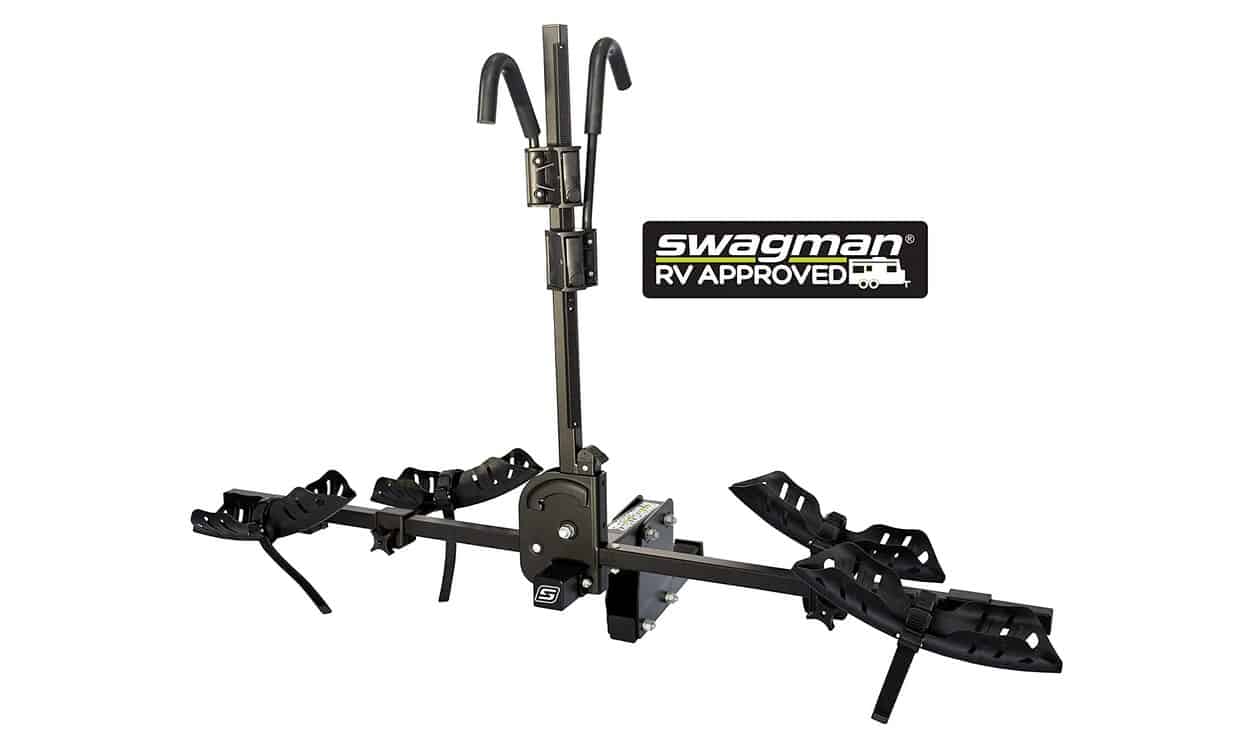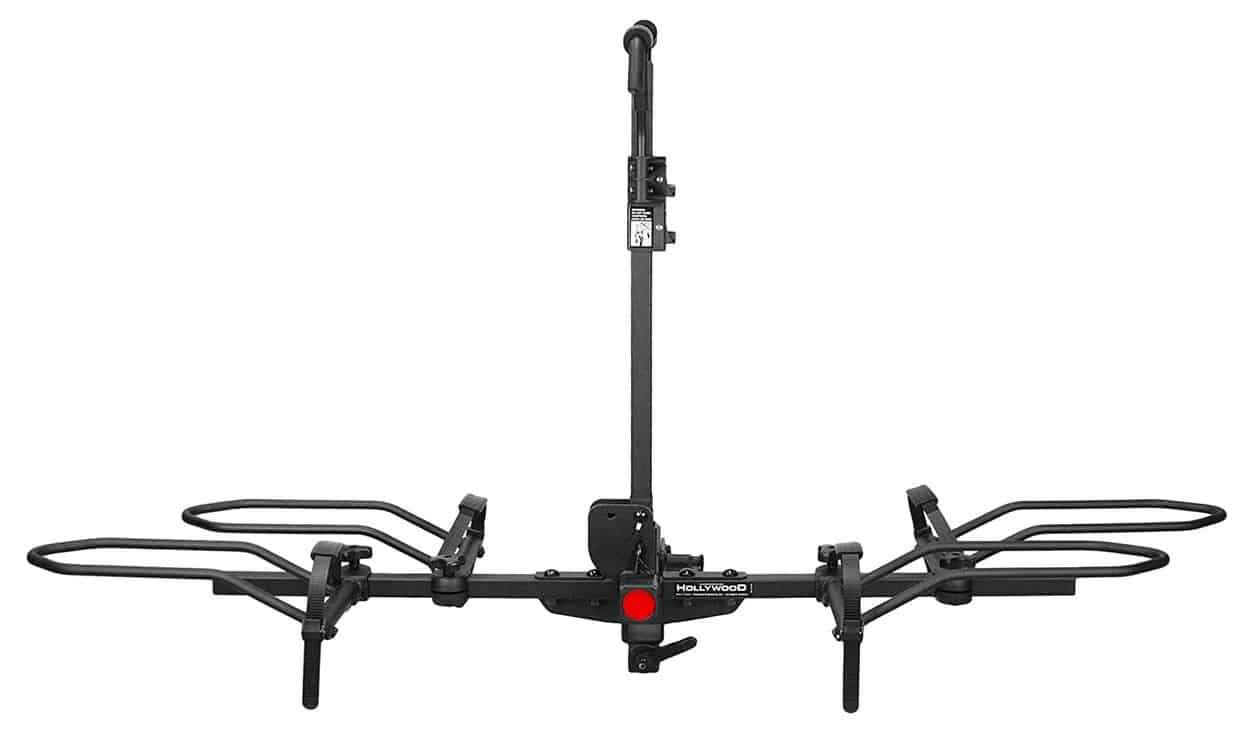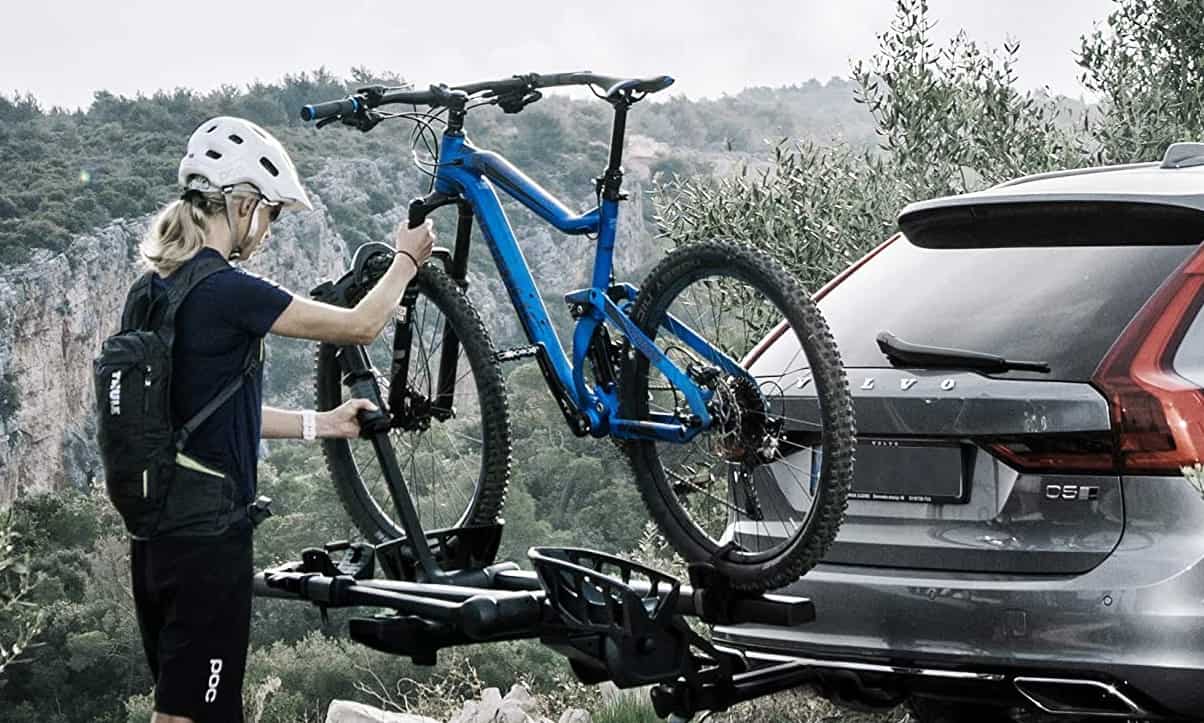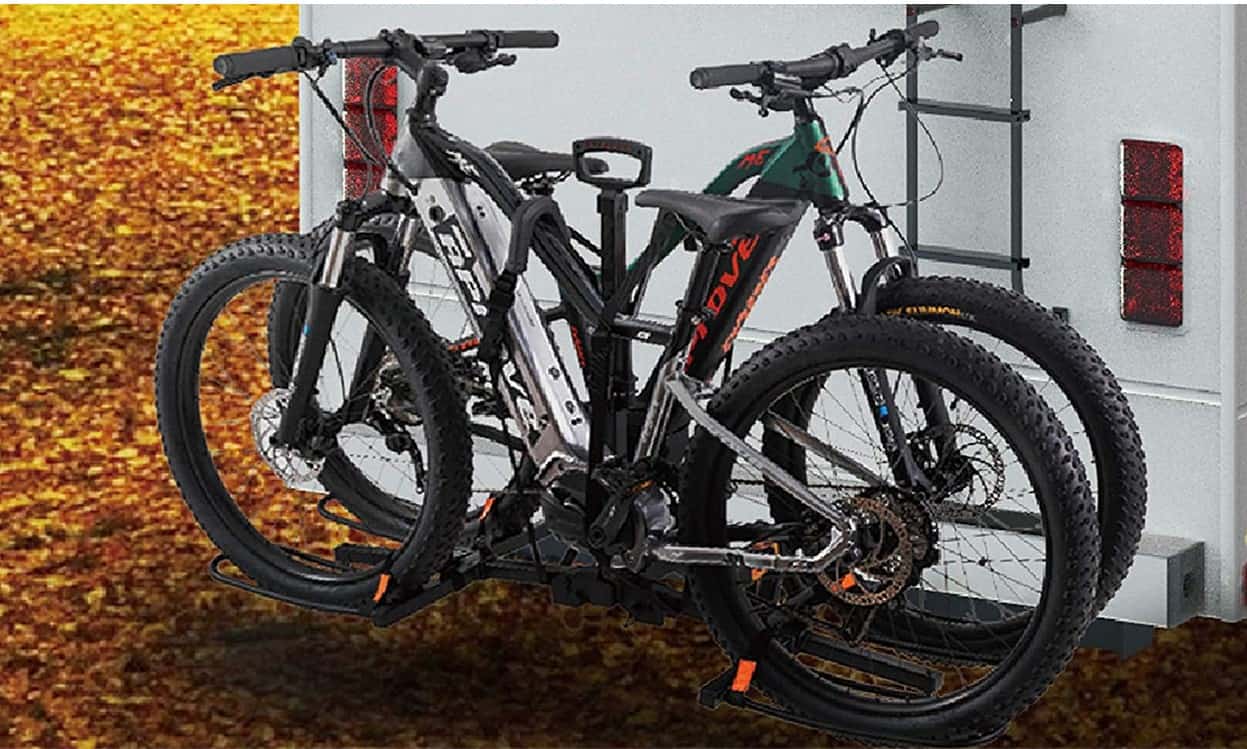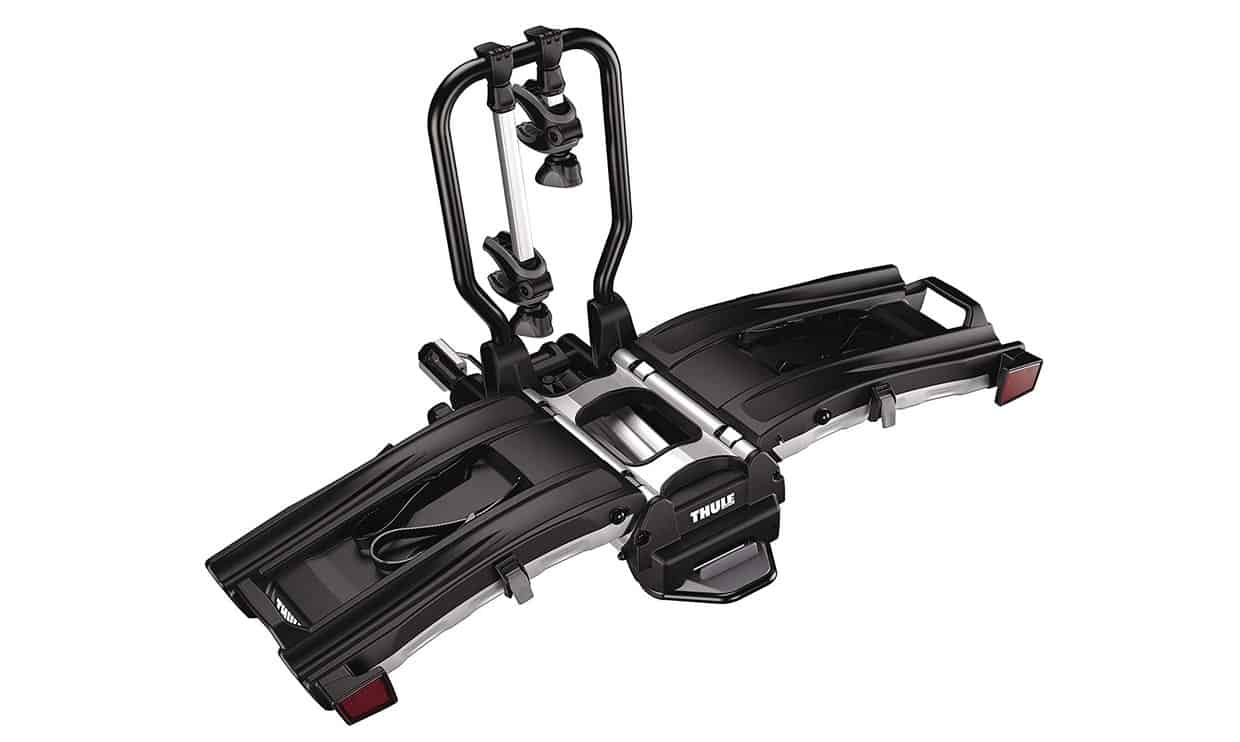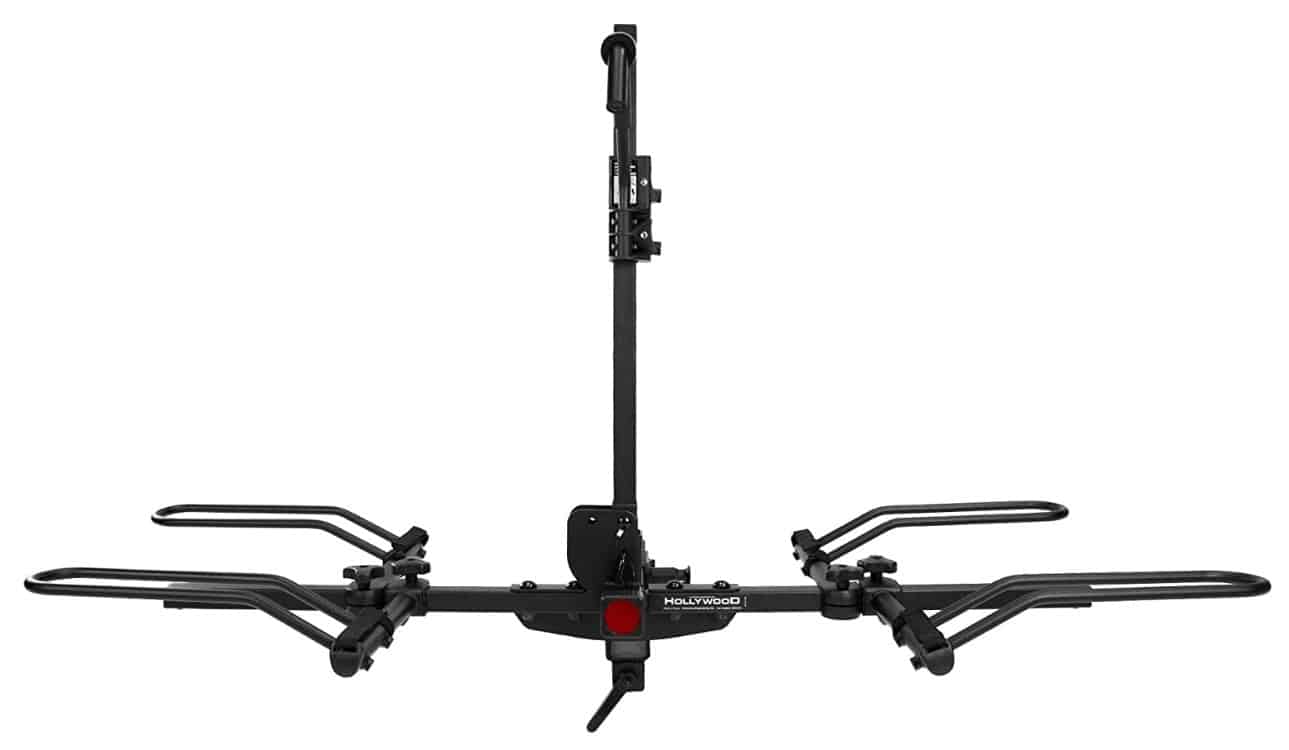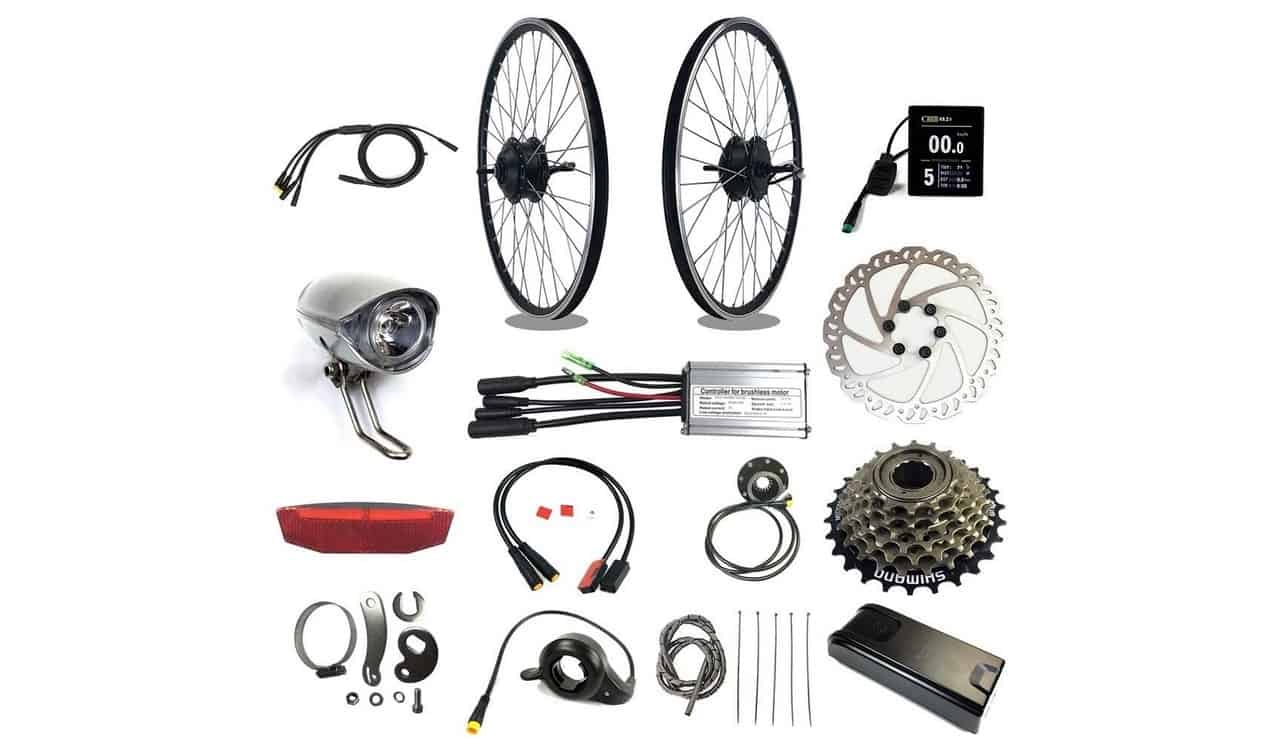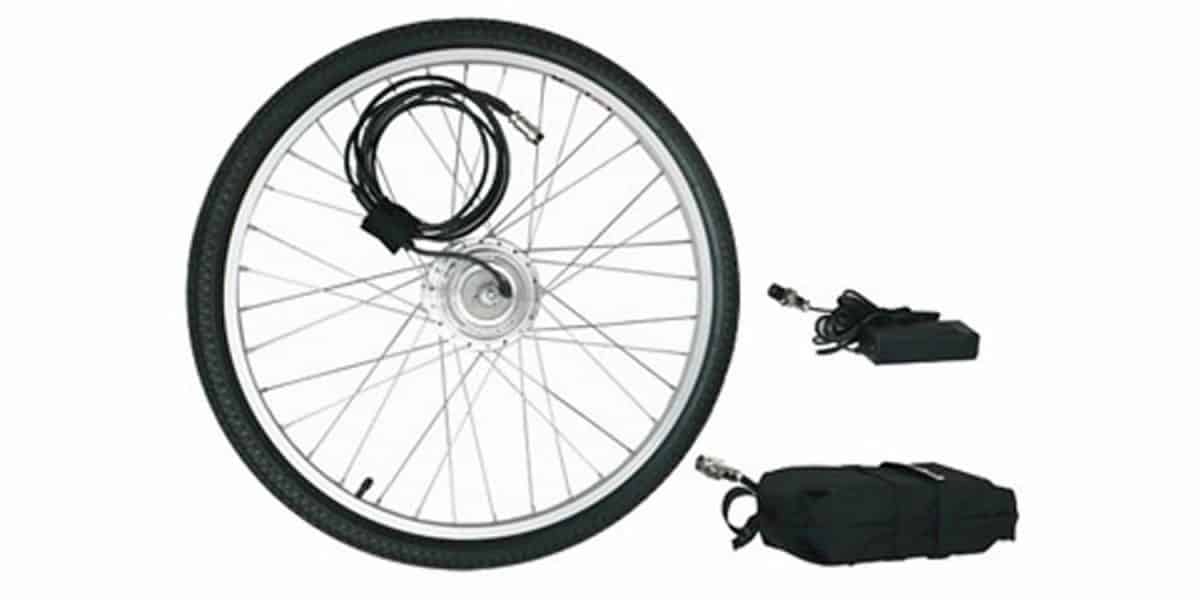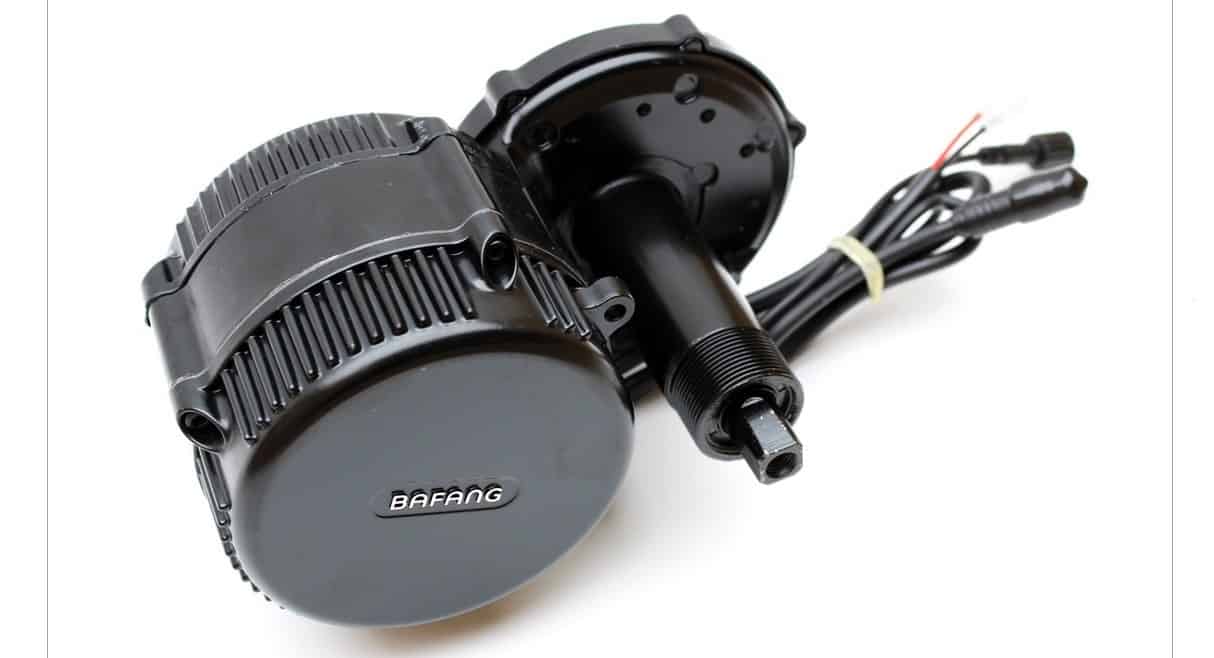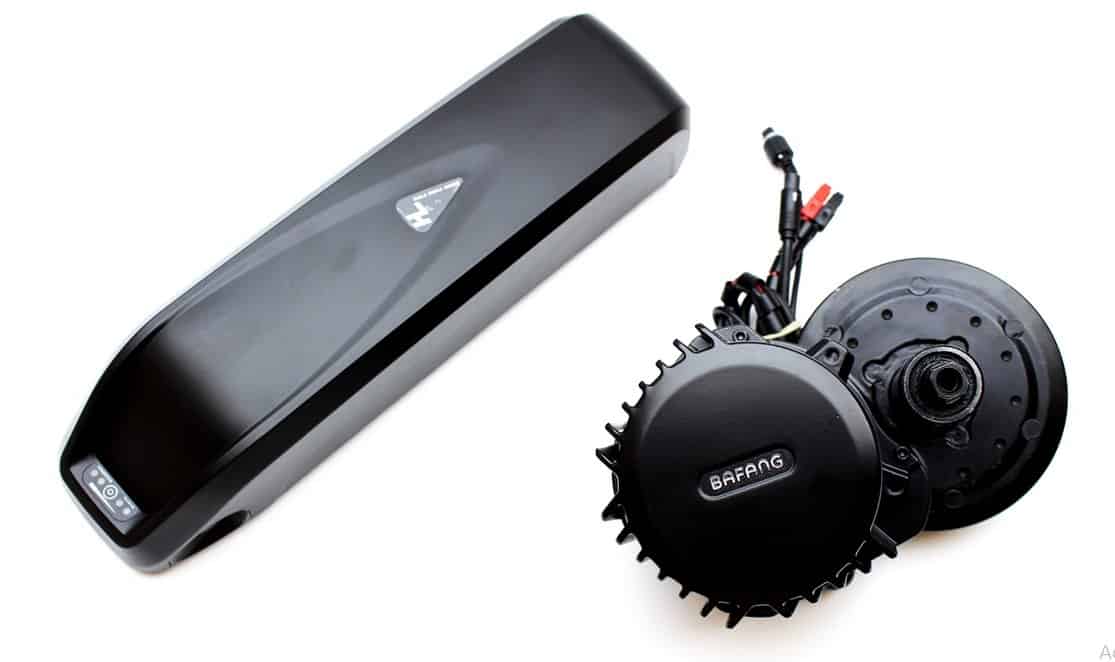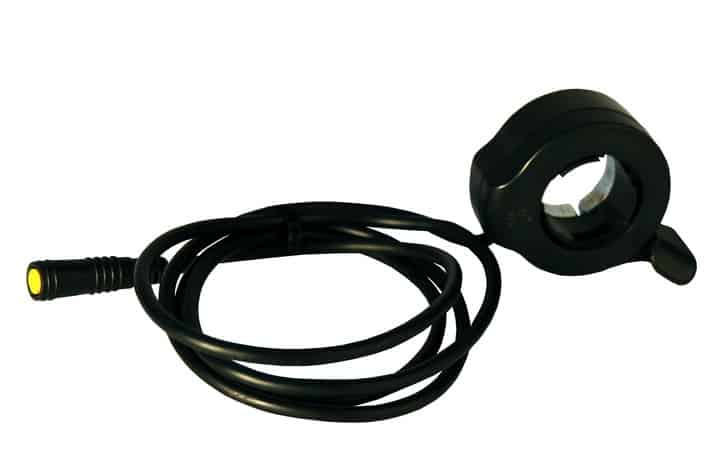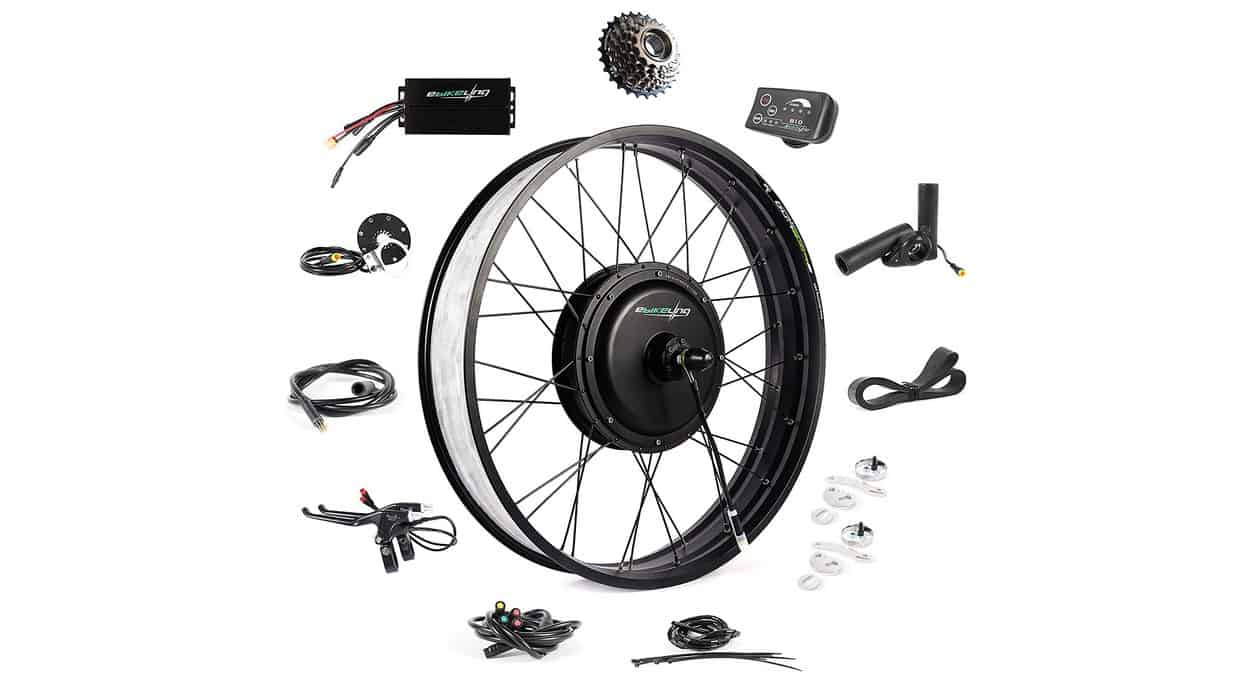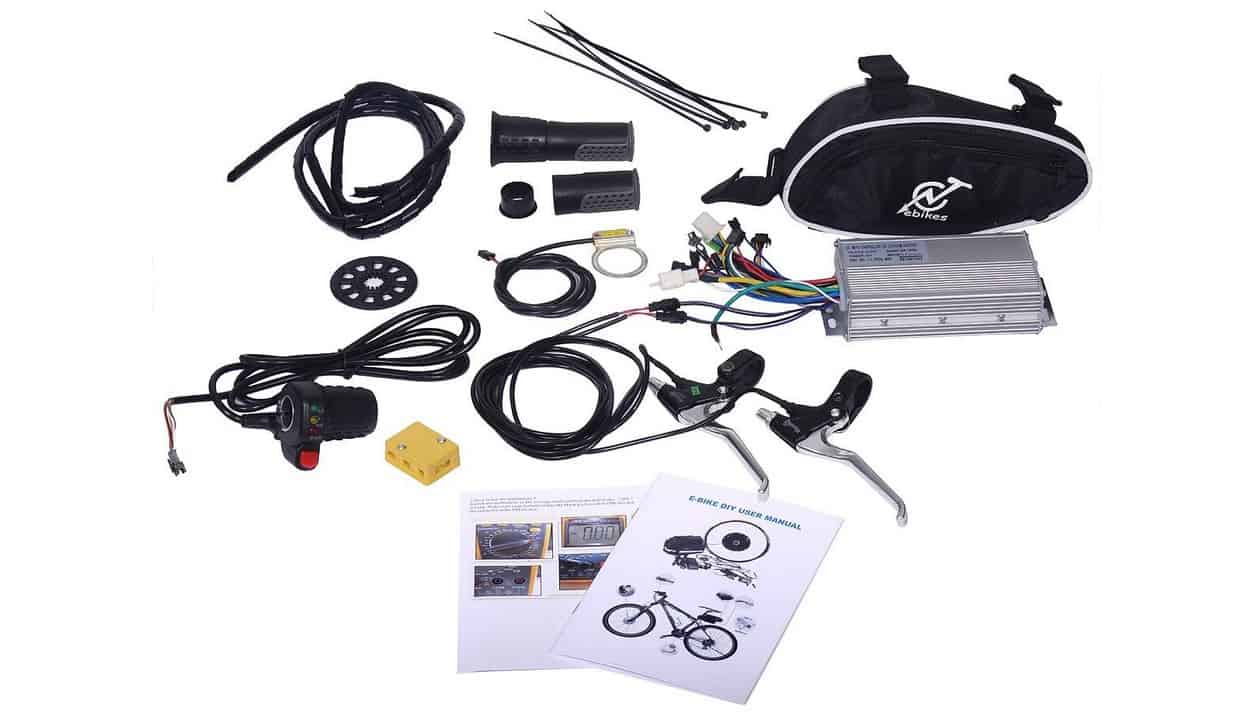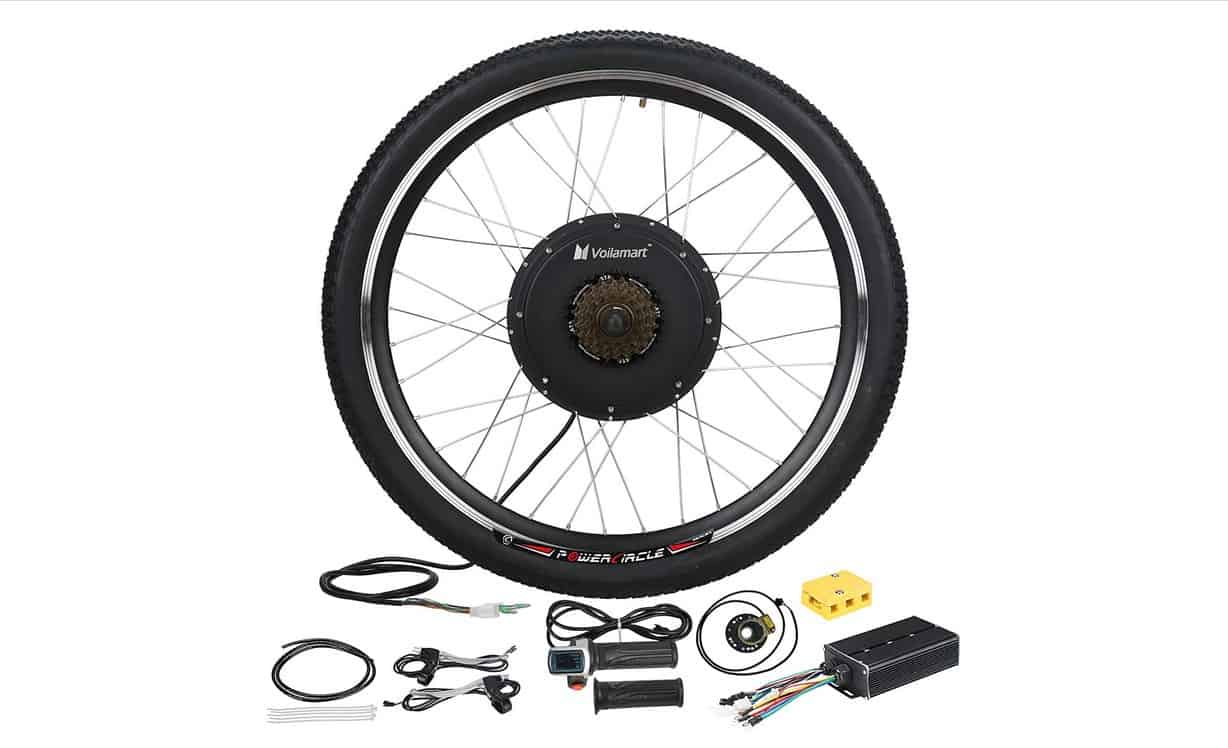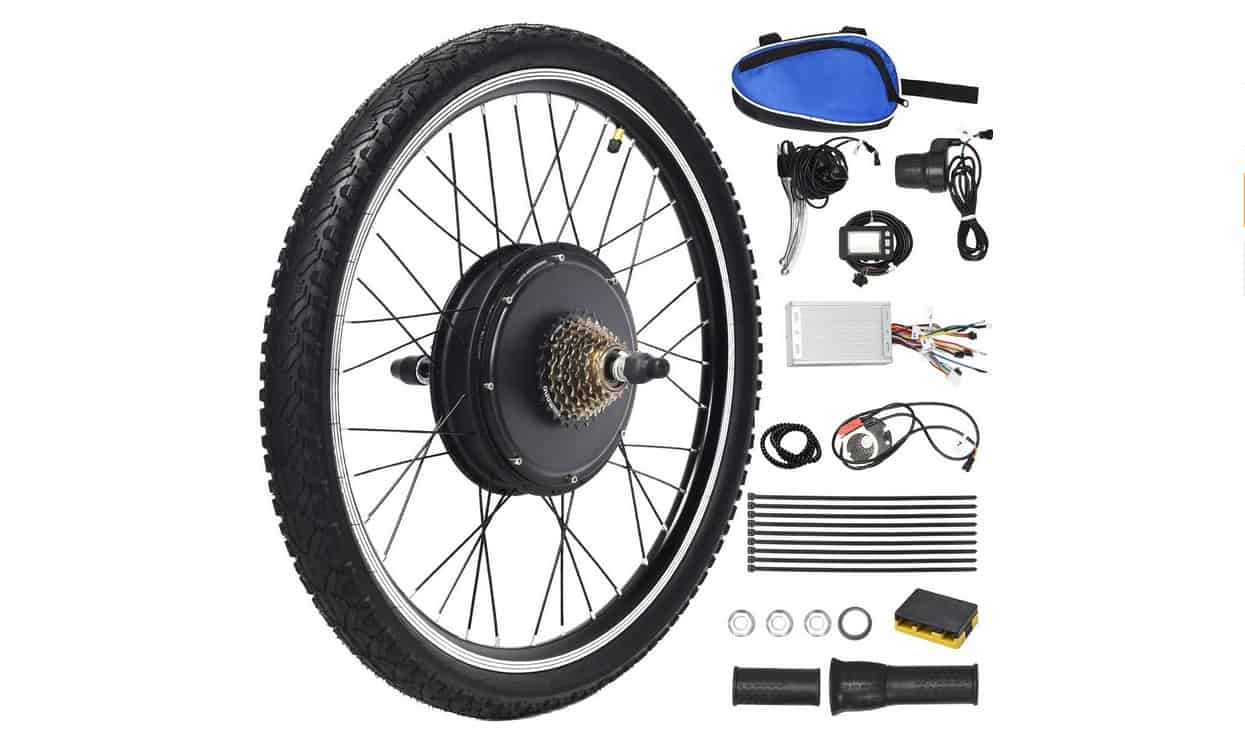Key Takeaways:
- eBike classifications vary widely by state.
- Most ebikes are not permitted to exceed speeds of 20 or 28 mph.
- While states regulate ebike use on pedestrian paths, local municipalities can outline additional regulations.
Electric bikes are a modern twist on the classic bicycle and are a burgeoning option for personal mobility devices. This mode of transportation can let people go farther and longer than they might otherwise be able to do on a traditional bicycle. But as with other forms of transportation, regulations have been enacted across the United States to not only protect cyclists but other motorists and pedestrians. Before buying an eBike, make sure you’re aware of what regulations might exist in your state to avoid finding yourself on the wrong side of the law.
Do the States Know What an Electric Bike is?
An electric bike isn’t a car. But the classification used to define this type of transportation matters. In 44 states and the District of Columbia, the specific term “electric bicycle” is used. However, regulations can vary across jurisdictions. In the remaining six states, the transportation method is loosely defined as a “moped” or “motorized bicycle”.
Tip: In 44 states and the District of Columbia, the specific term “electric bicycle” is used
Warning: In the remaining six states, the transportation method is loosely defined as a “moped” or “motorized bicycle”
States Where eBike Regulations are Murky
If you’re riding in the following states you may find that trying to understand what you can and can’t do with an e-bike can be difficult:
- Alabama
- Alaska
- Maine
- Missouri
- New Mexico
- North Dakota
- US Territories: American Samoa, Guam, Puerto Rico, U.S. Virgin Islands, Micro Polynesia
Related Posts:
- Should You Invest in an eBike?
- What are the Pros and Cons of Electric Bicycles?
- Are Electric Bikes Worth the Money?
eBike Classification Systems
Along with defining ebikes, many states rely on a one-, two-, or three-tier classification system which defines how fast you can ride on an electric bike, where you can ride it, and what registrations — if any — you need.
However, in both New Jersey and West Virginia, multiple ebike classes are allowed. In New Jersey, e-bikes that follow classes one and two are allowed. And in West Virginia, class one and three regulated ebikes are permitted.
One-tier Classifications
States that follow a one-tier classification forbid the use of throttle-assist ebikes. And once the bike reaches 20 miles per hour (mph), pedal-assist-based motors must stop providing speed assistance.
Two-tier Classifications
In a class two state, both throttle-assist and pedal-assist ebikes are permitted. But once you reach 20mph, the motor must stop assisting.
Three-tier Classifications
In a class three state, only pedal-assist bikes are allowed, but the maximum speed for motor assistance is raised to 28mph.
Helmet Regulations
In 25 states and Washington D.C., there is some kind of helmet stipulation. In most states, helmet requirements are based on the age of the bike users and can vary depending on whether someone is the rider or the passenger.
By Age
Only a handful of states require that all people on an ebike wear a helmet regardless of age, or whether they’re a passenger or rider. Connecticut is the strictest, requiring all people wear helmets regardless of the ebike class.
California, Georgia, Louisiana, New York, Ohio, Tennessee, Virginia, and West Virginia require that all motorists regardless of age wear a helmet on a class three ebike. This law includes both the rider and passengers.
The remaining states with helmet laws vary by the age of the rider operating the ebike, and may or may not include the passenger — and can also be dependent upon age.
Related Post:
Registration, Licensing, and Operation Restrictions
Unsurprisingly, registration requirements for eBikes also vary between states and U.S. territories. Generally speaking, states with a three-tiered classification system allow for eBikes to be exempt from registration regulations. But all of the 26 three-tiered classification states do require ebikes to post a label that shows which classification it falls under and the maximum speed output.
Tip: Generally speaking, states with a three-tiered classification system allow for eBikes to be exempt from registration regulations.
Licensing
In Alabama, Alaska, Massachusetts, Missouri, New Mexico, and North Dakota, you need a license to operate an ebike.
Operation Limitations
In the U.S. 43 states and Washington D.C. that clearly define an ebike, there are specific regulations of where an ebike can operate — especially concerning pedestrian paths. However, local municipalities can create additional guidelines for ebike operations which will supersede the state regulations.
STAT:
Of the 43 states and D.C. that define e-bikes, some state laws, such as in Arizona, Minnesota, Utah, and Washington, specifically allow e-bike operation on facilities such as bicycle paths or greenways, with the caveat that many carve out exceptions for localities to enact stricter operation regulations on such bike and pedestrian facilities. (NCSL)
Under federal law, an electric bicycle is referred to as a “low-speed electric bicycle,” which is defined as “a two- or three-wheeled vehicle with fully operable pedals and an electric motor of fewer than 750 watts (1 h.p.), whose maximum speed on a paved level surface, when powered solely by such a motor while ridden by an operator who weighs 170 pounds, is less than 20 mph.” Significantly, this definition provides a maximum assisted speed that an electric bicycle can travel when being powered only by the motor, but does not provide a maximum assisted speed for when an electric bicycle is being powered by a combination of human and motor power. (People for Bikes)
Sources:
https://www.ncsl.org/research/transportation/state-electric-bicycle-laws-a-legislative-primer.aspx
https://peopleforbikes.cdn.prismic.io/peopleforbikes/e3939379-dcc0-4547-9ed2-cf5292f09c5c_E-Bike-Law-Primer_June2020-2.pdf
https://electricbikereview.com/forums/threads/electric-bike-laws-in-the-united-states.22732/
https://en.wikipedia.org/wiki/Electric_bicycle_laws#United_States
https://www.nps.gov/subjects/biking/e-bikes.htm
















![Best Batteries for Electric Bikes in [year] 7 Best Batteries for Electric Bikes in 2026](https://www.gadgetreview.dev/wp-content/uploads/best-battery-for-electric-bike.jpeg)
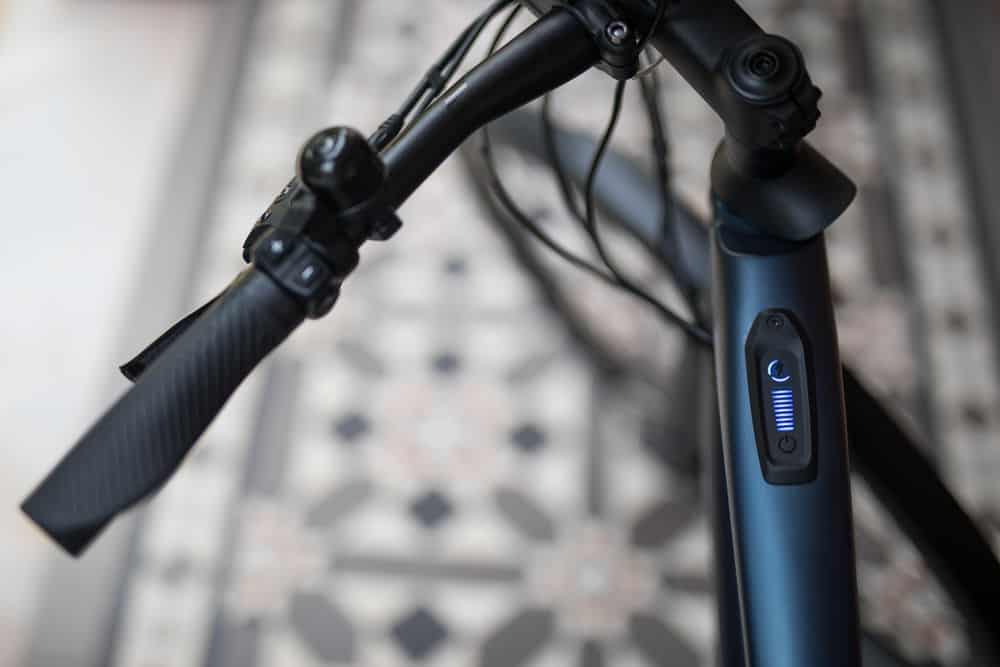
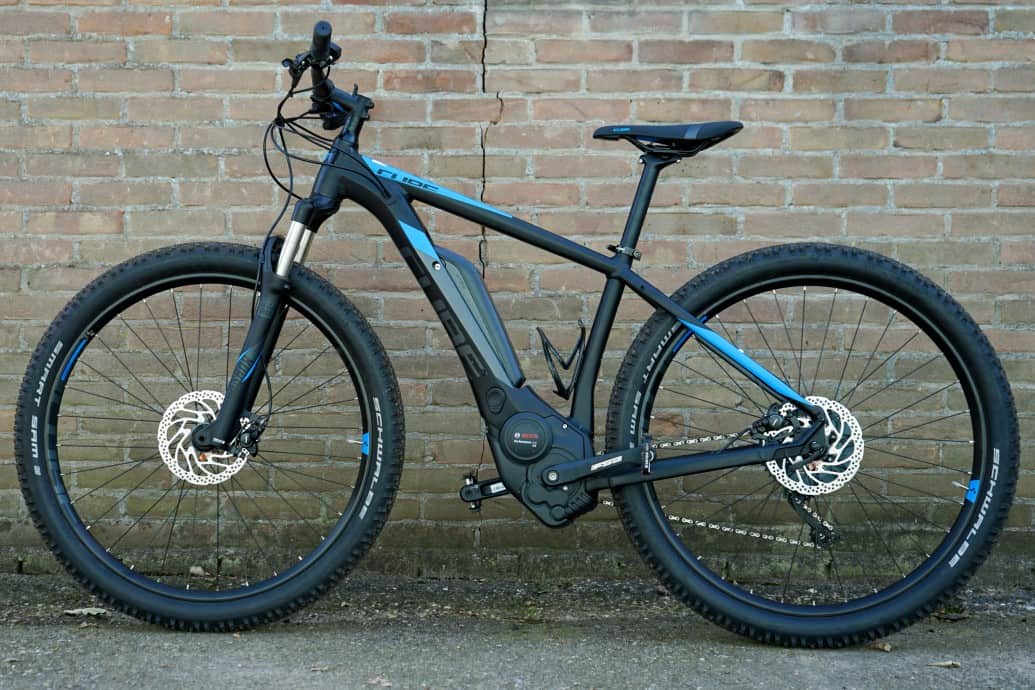
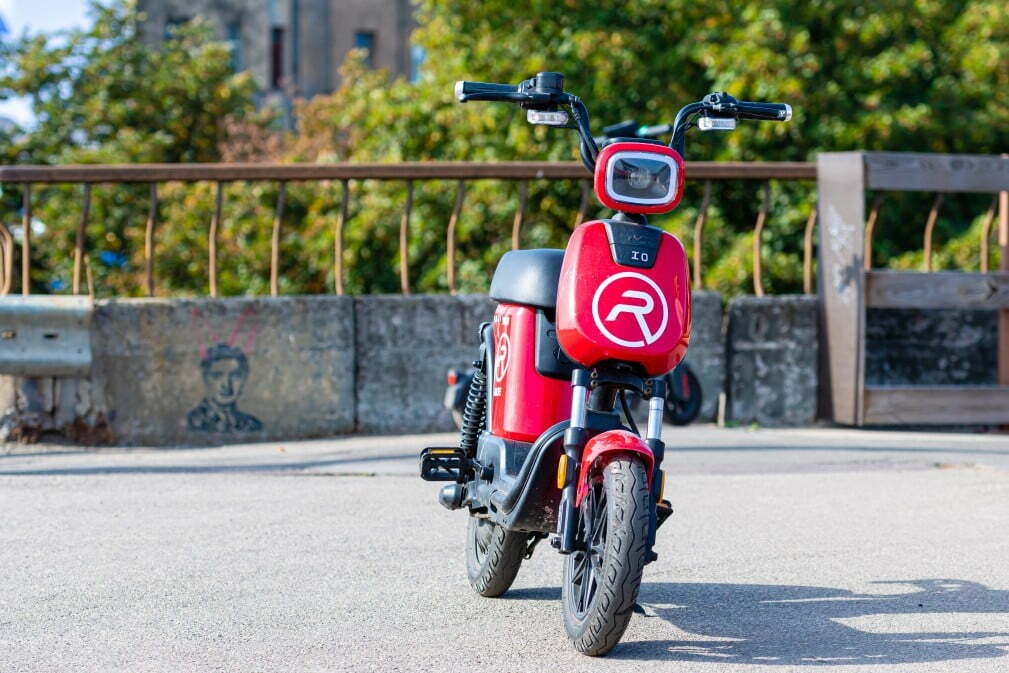
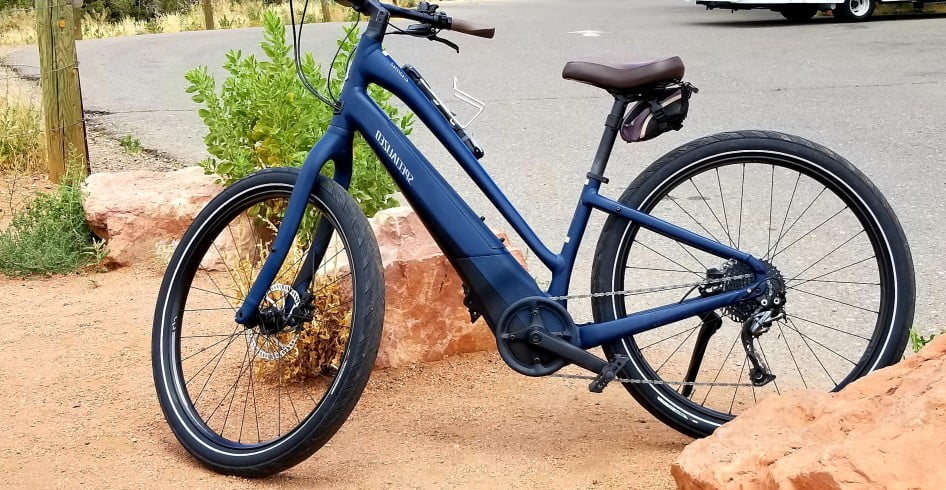
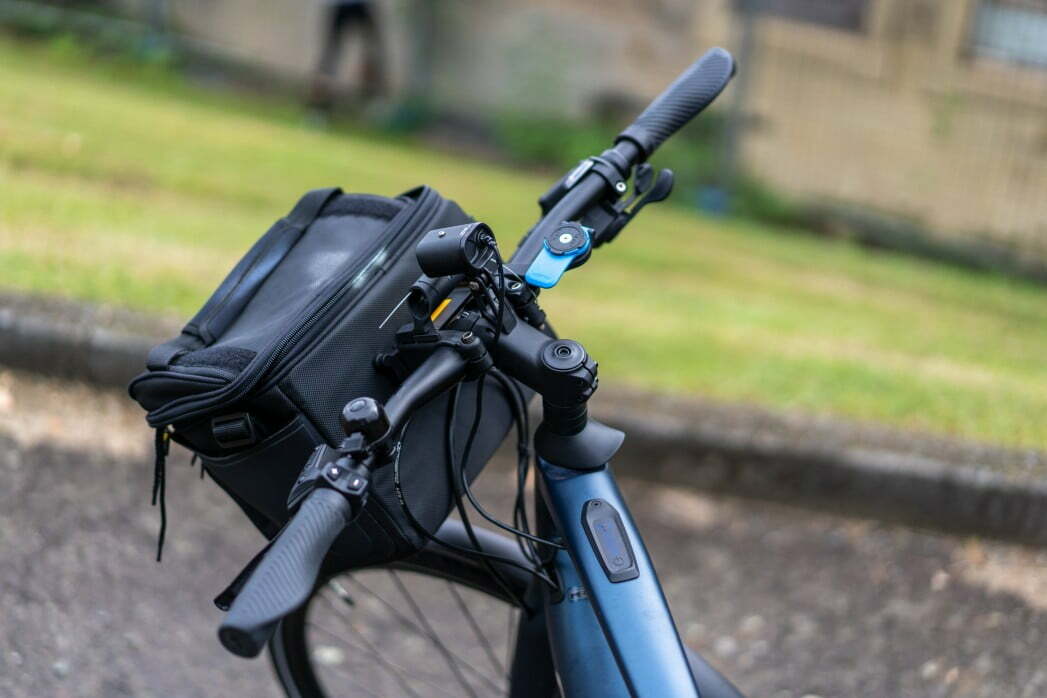
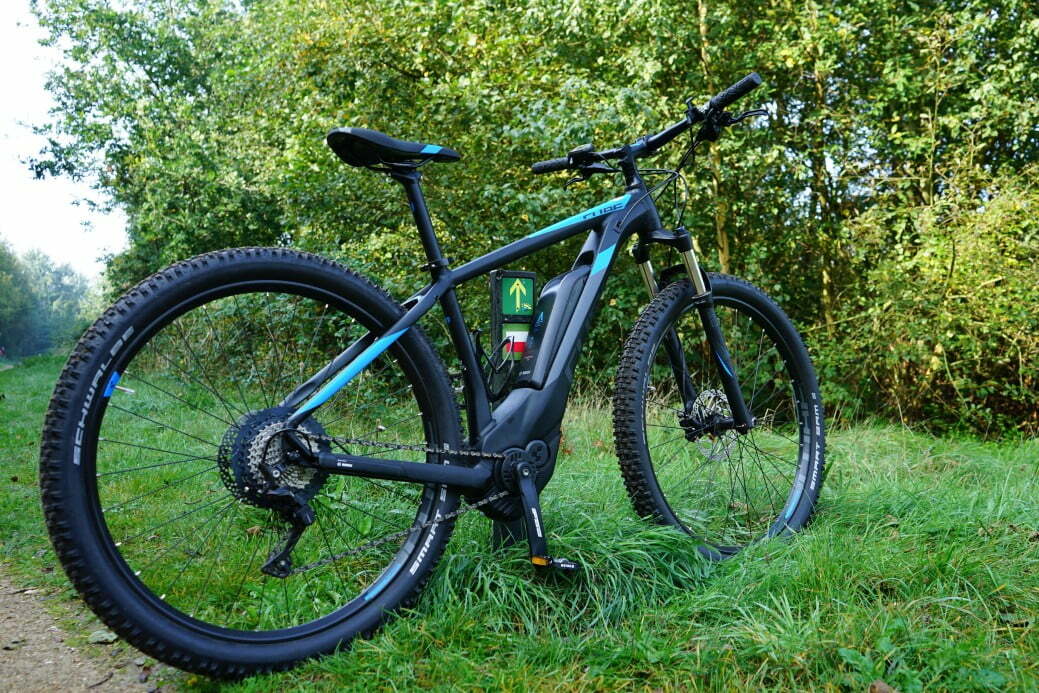

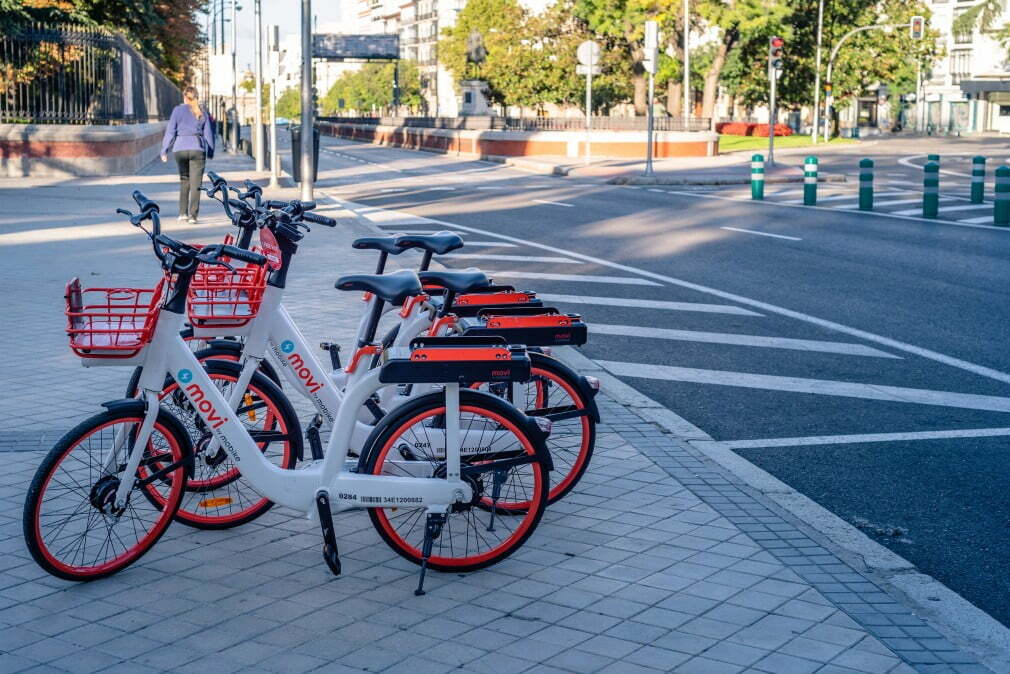
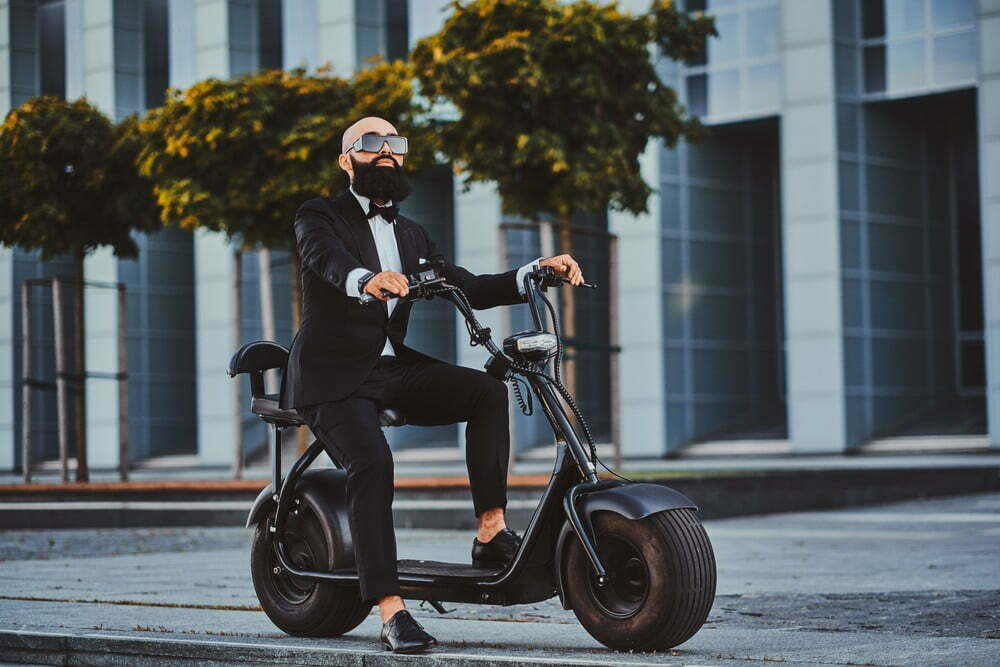
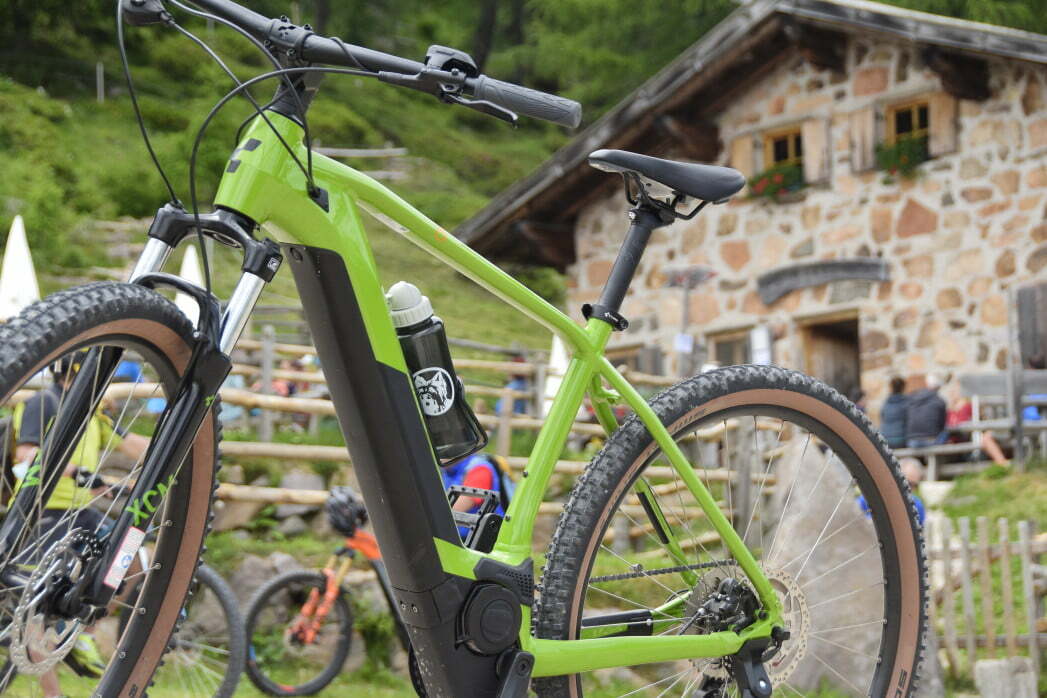
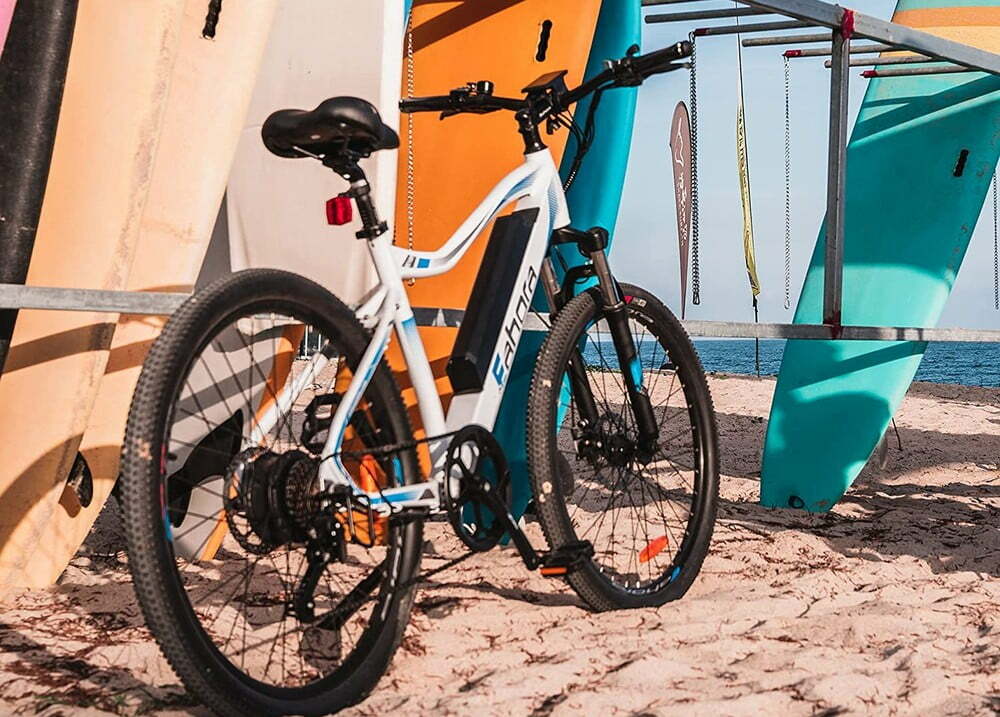
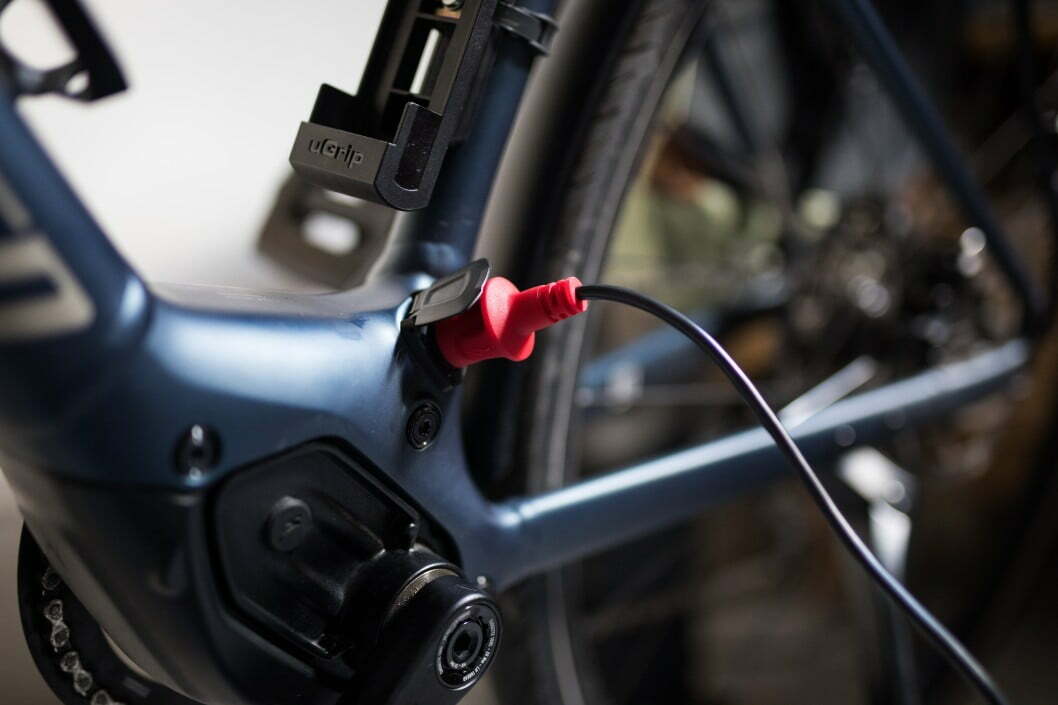
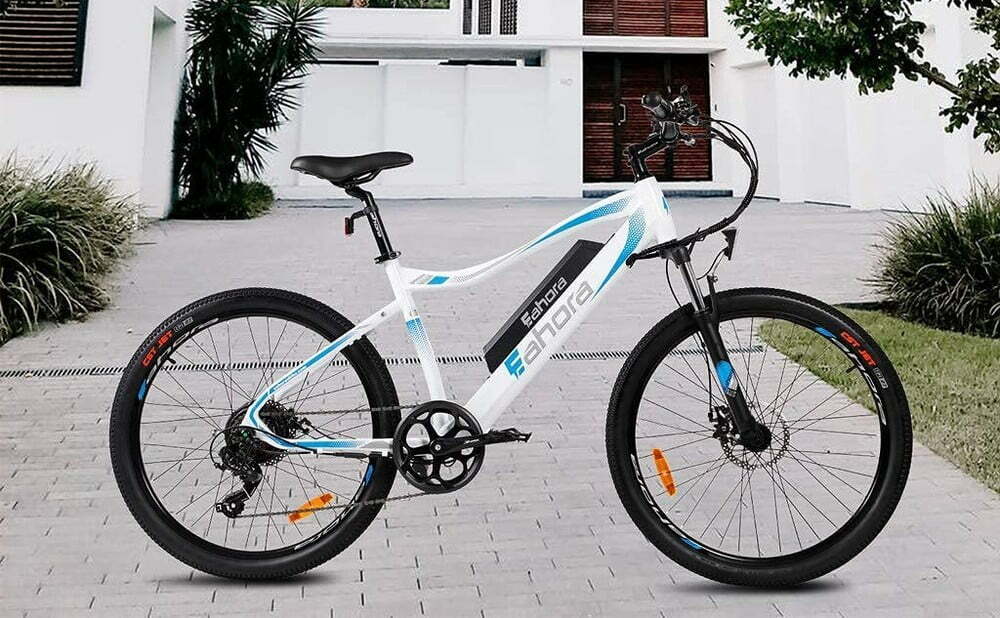
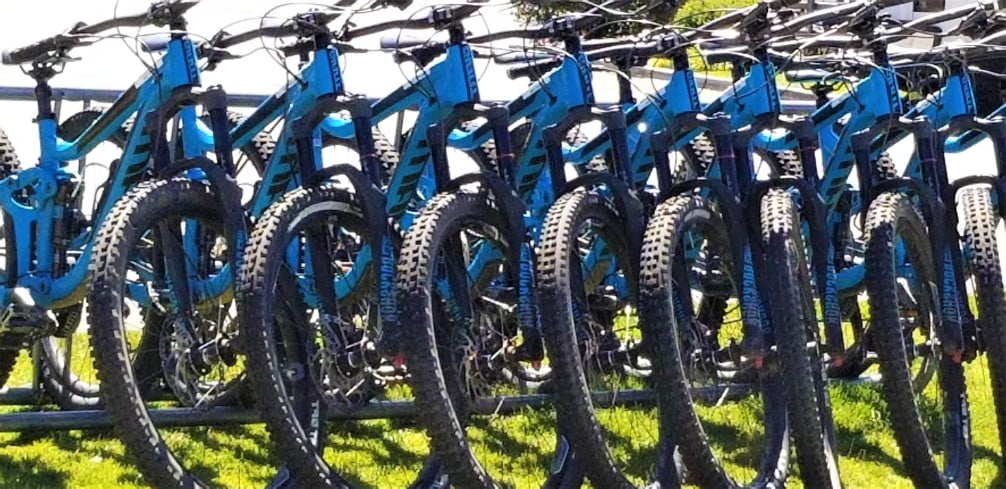

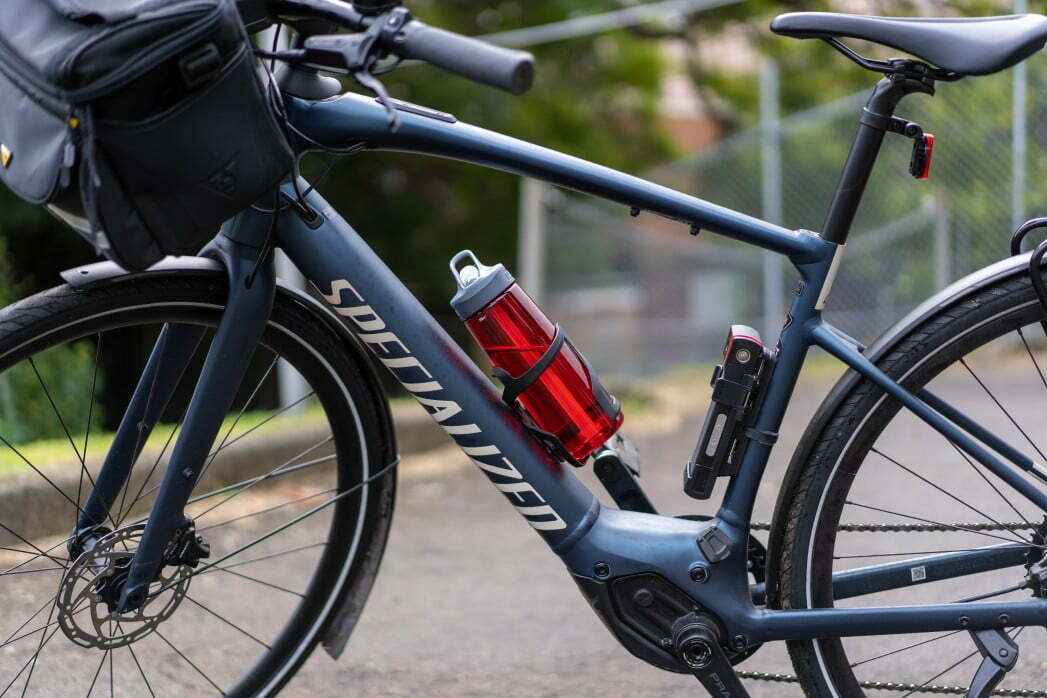
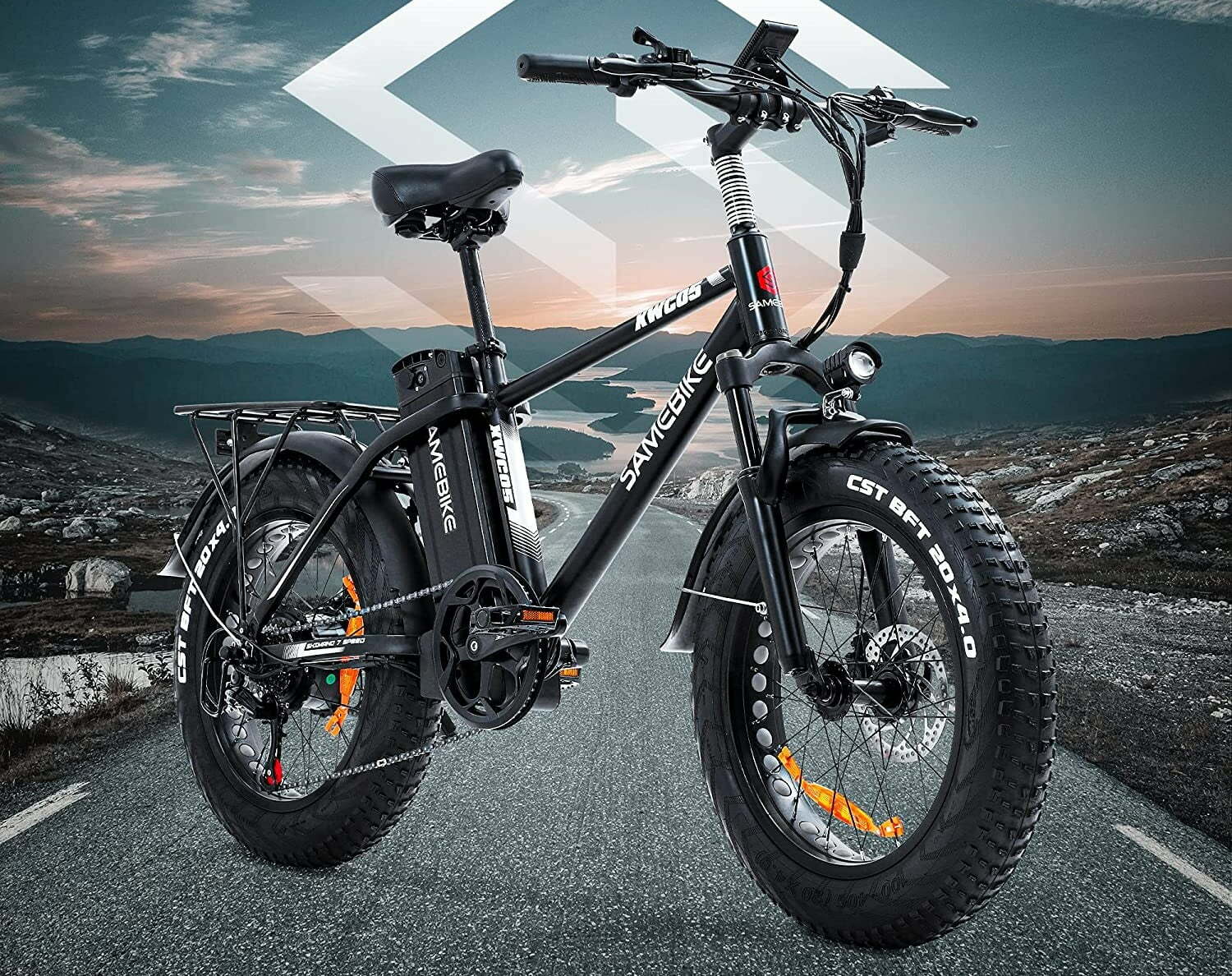

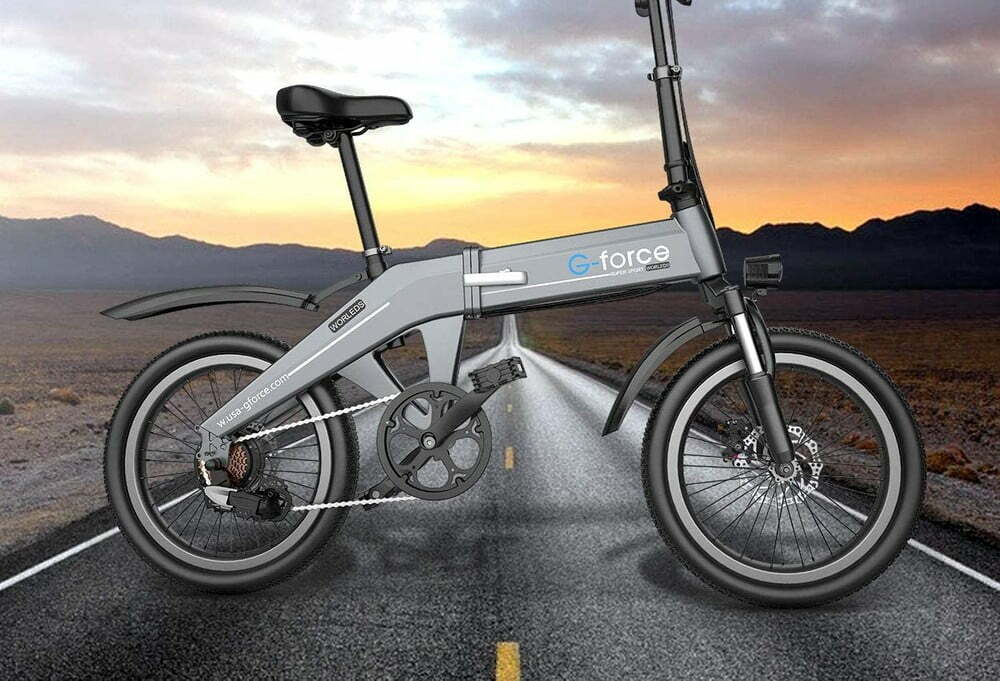
![Best Electric Bike in [year] ([month] Reviews) 27 Best Electric Bike in 2026 (January Reviews)](https://www.gadgetreview.dev/wp-content/uploads/elby-s9-750x422-1.png)
![Best Bikes in [year] ([month] Reviews) 28 Best Bikes in 2026 (January Reviews)](https://www.gadgetreview.dev/wp-content/uploads/cheapest-electric-bikes-1.jpg)
![Best Front Drive Electric Motor Bikes in [year] 29 Best Front Drive Electric Motor Bikes in 2026](https://www.gadgetreview.dev/wp-content/uploads/best-front-drive-electric-motor-bikes-image.jpg)
![Best Cannondale Electric Bikes in [year] 30 Best Cannondale Electric Bikes in 2026](https://www.gadgetreview.dev/wp-content/uploads/best-cannondale-electric-bikes-image.jpg)
![Best Luna Cycle Electric Bikes in [year] 31 Best Luna Cycle Electric Bikes in 2026](https://www.gadgetreview.dev/wp-content/uploads/Luna-Cycle-Apex-Electric-Bike.webp)
![Best Rad Power Electric Bikes in [year] 32 Best Rad Power Electric Bikes in 2026](https://www.gadgetreview.dev/wp-content/uploads/best-rad-power-electric-bikes-image.jpg)
![Best Rear Drive Motor Electric Bikes in [year] 33 Best Rear Drive Motor Electric Bikes in 2026](https://www.gadgetreview.dev/wp-content/uploads/best-rear-drive-motor-electric-bikes-image.jpg)
![Best Ebike Conversion Kits in [year] 34 Best Ebike Conversion Kits in 2026](https://www.gadgetreview.dev/wp-content/uploads/best-ebike-conversion-kit.jpg)
![Best Electric Bike Locks in [year] 35 Best Electric Bike Locks in 2026](https://www.gadgetreview.dev/wp-content/uploads/best-electric-bike-locks-image.jpg)
![Ebikes with Longest Range in [year] 36 Ebikes with Longest Range in 2026](https://www.gadgetreview.dev/wp-content/uploads/best-ebike-with-longest-range-image.jpg)
![Best Electric Bike Trailers in [year] 37 Best Electric Bike Trailers in 2026](https://www.gadgetreview.dev/wp-content/uploads/best-electric-bike-trailers-image.jpg)
![Best Bike Rack for Electric Bikes in [year] 38 Best Bike Rack for Electric Bikes in 2026](https://www.gadgetreview.dev/wp-content/uploads/best-bike-rack-for-electric-bikes-image.jpg)
![Best Electric Bike Helmets in [year] 39 Best Electric Bike Helmets in 2026](https://www.gadgetreview.dev/wp-content/uploads/best-electric-bike-helmets-image.jpg)
![Best Throttle Electric Bikes in [year] 40 Best Throttle Electric Bikes in 2026](https://www.gadgetreview.dev/wp-content/uploads/best-throttle-electric-bike-image.jpg)
![Lightest Electric Bikes in [year] 41 Lightest Electric Bikes in 2026](https://www.gadgetreview.dev/wp-content/uploads/lightest-electric-bike-image.jpg)
![Best Schwinn Electric Bikes in [year] 42 Best Schwinn Electric Bikes in 2026](https://www.gadgetreview.dev/wp-content/uploads/Electric-Bikes-image.jpg)
![Best All Terrain Electric Bikes in [year] 43 Best All Terrain Electric Bikes in 2026](https://www.gadgetreview.dev/wp-content/uploads/best-all-terrain-electric-bike-image.jpg)
![Best Cheapest Electric Bikes in [year] 44 Best Cheapest Electric Bikes in 2026](https://www.gadgetreview.dev/wp-content/uploads/cheapest-electric-bikes.jpg)
